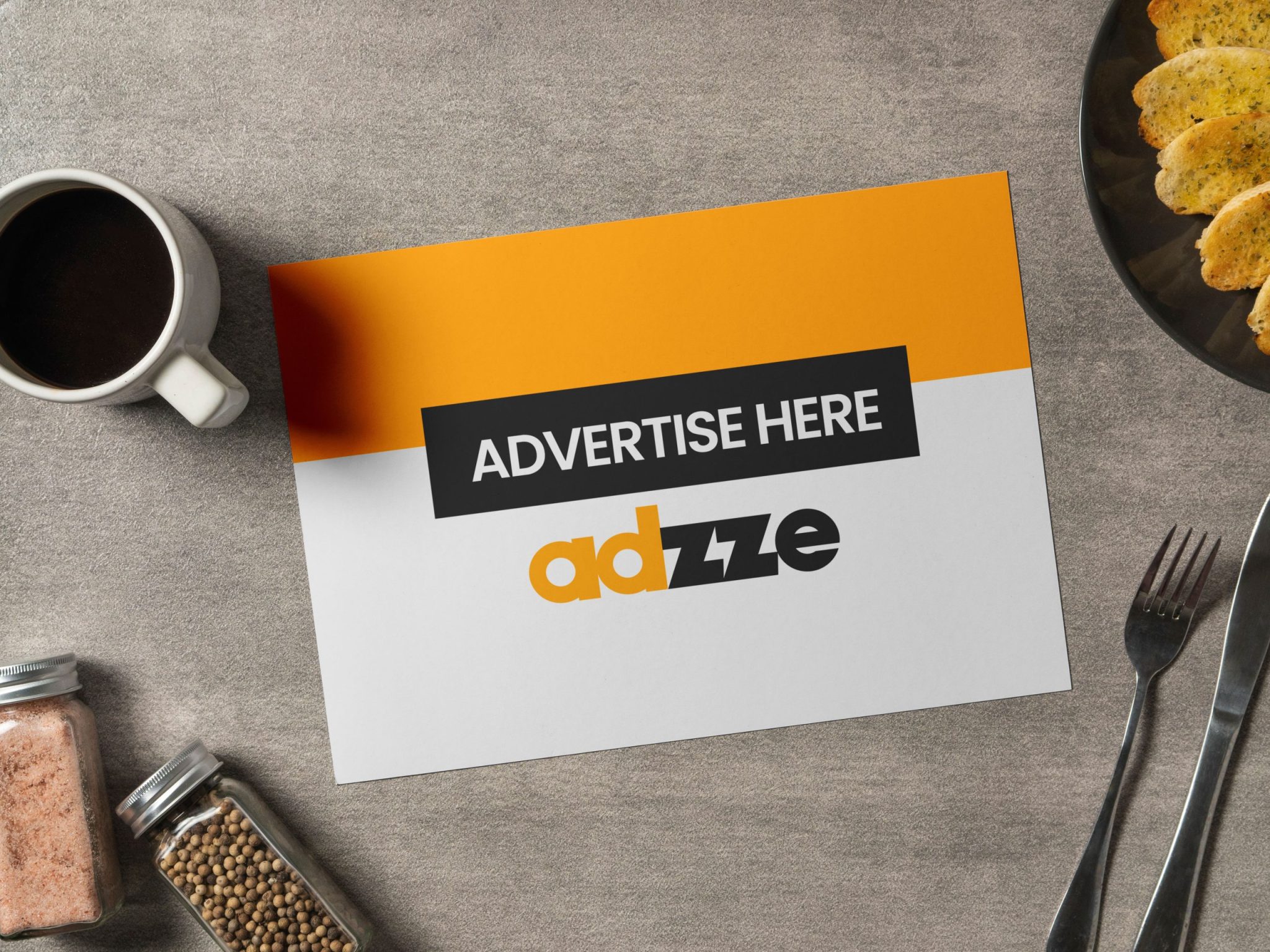
With placemat advertising, diners spend quality time with your brand—15 minutes or more! No scrolling, no distractions, just your message front and center while they enjoy their meal.
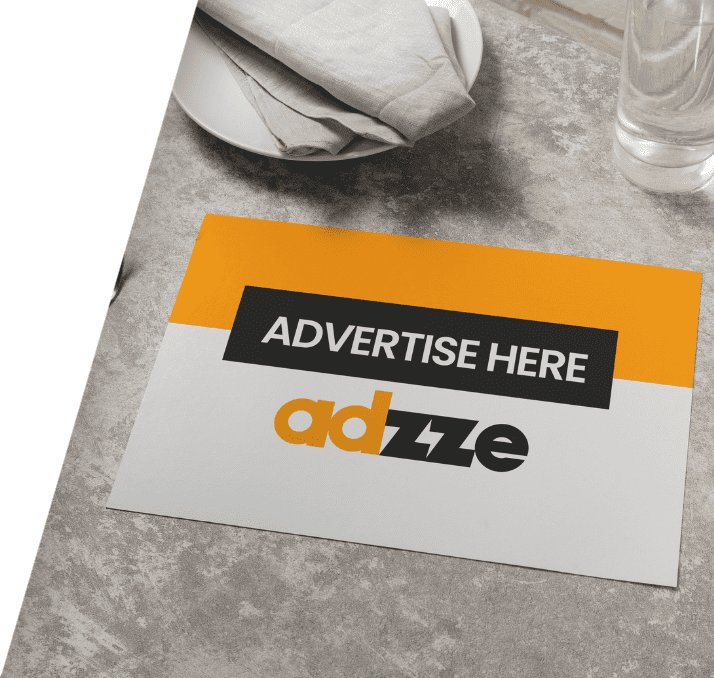
Placemat advertising involves printing ads directly on placemats or table surfaces in restaurants. Diners naturally view the ads while waiting for their food, providing exposure for 15-30 minutes. This creates a relaxed, distraction-free environment where brands can effectively deliver their messages and build strong recall.
Impacts of Placemat Advertising
This method ensures high visibility and frequent impressions, with monthly figures ranging from 60,000 to 130,000. It is especially effective for local businesses due to restaurants’ consistent, geographically targeted customer base. By associating ads with enjoyable dining moments, brands gain positive perception and familiarity.
In this method, the entire surface of the placemat is transformed into an advertising canvas. Your ad is printed directly onto the placemat, ensuring seamless and visually appealing integration. This approach makes your brand a part of the dining experience, creating a memorable impression that resonates with the audience.
Specifics:
Best For:
Businesses looking to create a high-impact presence in restaurants, cafes, and fast-food outlets. Placemat advertising is ideal for branding campaigns, local promotions, and partnerships with dining chains that focus on community engagement.

This cost-effective strategy offers high ROI, with CPMs ranging between $4 and $8. It’s ideal for small to medium-sized businesses, providing extensive exposure without intruding on the customer experience. The localized targeting and repeated visibility help amplify brand recognition, making it a powerful tool for community-focused and regional campaigns.
Assessing the success of restaurant placemat advertising involves analyzing reach, impressions, and overall campaign effectiveness. Here’s how it breaks down:
These are just a few examples of how placemat advertising provided by Adzze can be leveraged across various industries to achieve impactful results:

Rogers Behavioral Health Targets Recruits with Pizza Box Topper Campaign

Kashi’s Bear Naked Granola Takes Over Coffee Shops with Coffee Sleeves
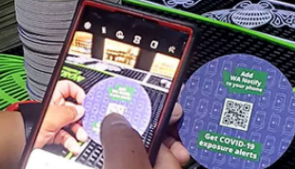
How Washington State Used Bar Coasters to Reopen Safely Amid COVID

MoDOT Delivered a High-Impact Campaign with Pizza Toppers

Champlain College Delivers Career Growth with Pizza Box Toppers




A typical campaign costs around $15,000 per month, reaching over 100,000 customers with CPMs ranging from $4 to $8.
Distribution can be verified through restaurant reports, which track daily visitors and ad impressions based on the number of placemats used.
Response rates depend on ad design and audience, but extended exposure (15-30 minutes) significantly increases message retention and brand recall.
Yes, designs can include QR codes, discounts, images, and tailored calls-to-action, ensuring alignment with your campaign goals.
Absolutely. Digital businesses can leverage placemat advertising by using QR codes and promo offers to drive app downloads, website traffic, or online sales.
Placemat advertising offers a unique blend of hyper-local targeting, high visibility, and cost-effectiveness, making it an underrated tool for advertisers looking to reach specific audiences. Ready to explore how this method can drive results for your brand? Request our Media Kit today to explore the possibilities further.
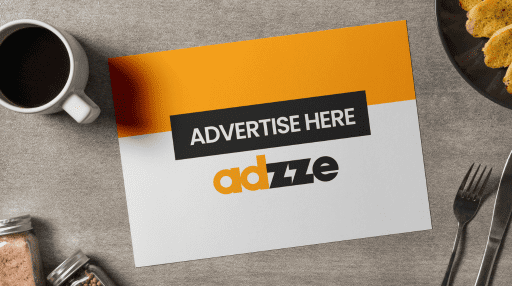
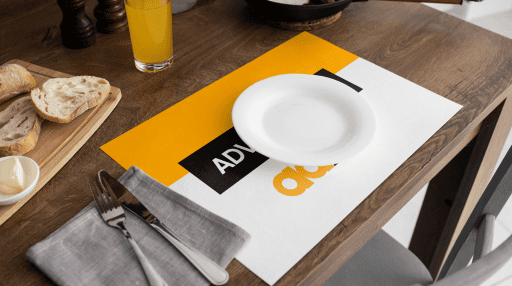
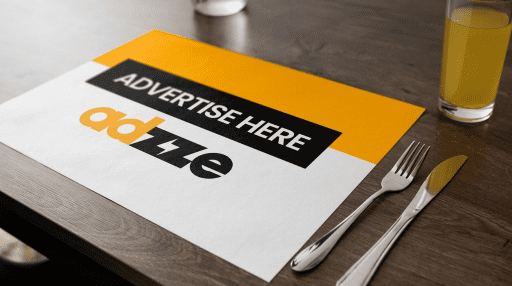
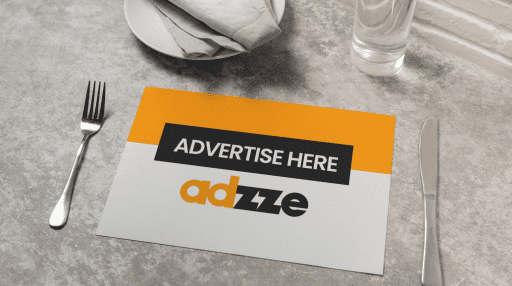
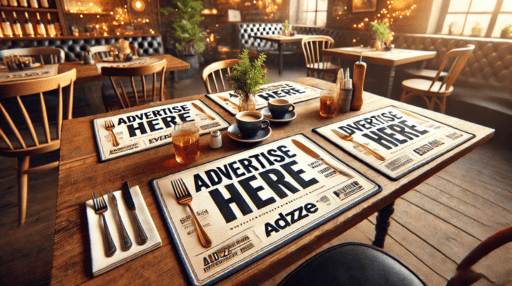
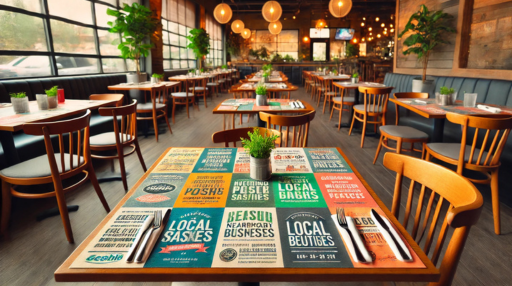

All rights reserved 2024